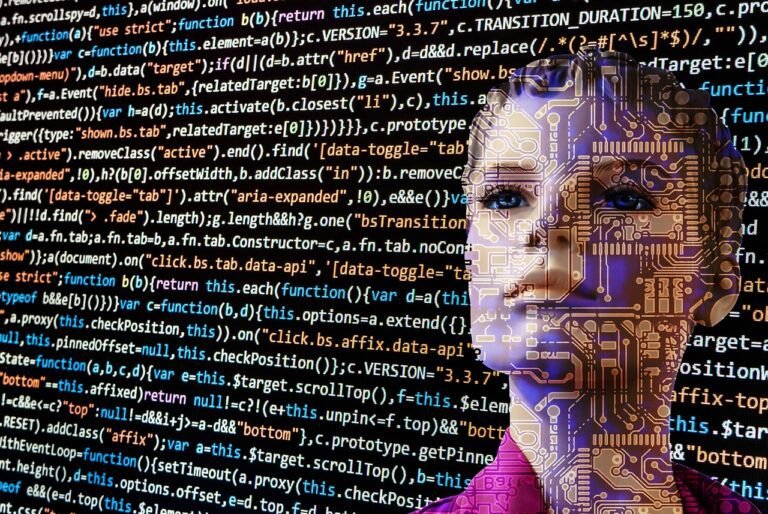Artificial intelligence (AI) and machine learning are being used more and more in web design to improve user experiences and automate procedures. Among the effects of AI and machine learning on web design are the following:
Personalization: Based on a user’s choices and activities, AI and machine learning may be used to tailor websites and online apps. Targeted advertising, information, and advice all fall under this category.
User experience: AI and machine learning can be used to improve the general user experience of a website or online application. For example, AI chatbots can be used to provide real-time customer support, and machine learning algorithms can be used to optimize website layouts and content for different devices.
Automation: Using AI and machine learning, tasks in the web design process, such as developing website layouts, evaluating websites for accessibility, and improving websites for search engines, can be automated.
Data analysis: AI and machine learning may be used to examine user behavior data, such as website traffic and user interactions. The efficacy of a website may be increased by using this information to advise web design choices.
Overall, AI and machine learning have a considerable influence on web design, and this tendency is expected to continue. By leveraging these technologies, web designers may automate tasks, get insightful knowledge from data analysis, and produce more successful and personalized websites.
The potential ethical and privacy ramifications of integrating AI and machine learning in web design must be taken into account, though. The appropriate and transparent use of these technologies is crucial, as is the secure handling of user data and respect for their privacy.
Web designers must stay current on the most recent advancements and best practices as AI and machine learning continue to grow if they are to produce ethical, effective, and efficient websites.

